Range Rover Velar has the aesthetic sensibility of a luxury smartphone
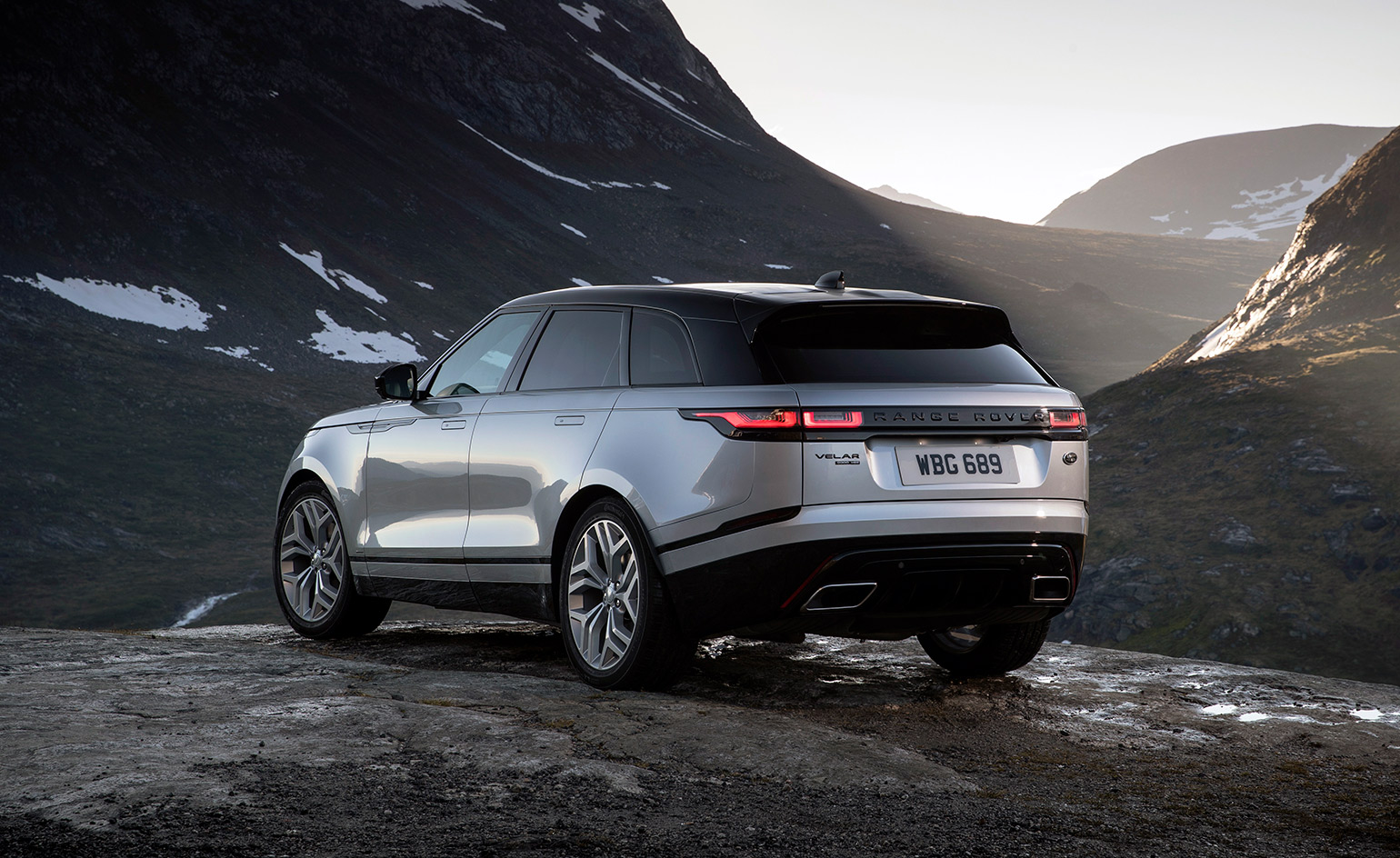
Few cars embody the evolution of contemporary car design better than the Range Rover Velar. Unveiled fully formed, not previewed by a concept or teased for 18 months, the Velar is a premium SUV with the cultural cachet and aesthetic sensibility of a high-end smartphone. Although in the strict financial hierarchy of Range Rover models, the Velar sits comfortably in the middle, the car’s extremely chic, svelte and smooth appearance effectively trumps the rather more gauche and brutish charms of its near rival, the Range Rover Sport.
Gerry McGovern, the company’s well-tailored design boss, has made much capital of a design-led model strategy, setting out a compelling case for desirability being the pathway to profit. The Velar is spiritually close to the original Evoque, the fashionably svelte urban SUV that helped transform JLR’s fortunes when it was launched in 2011. Hefty investment, canny model positioning and that ever-important emphasis on design has kept the company buoyant ever since. But with a new Evoque and flagship Range Rover due soon, is the magic of design starting to wear rather thin? There’s also the new two-door model, a mountain-conquering luxury coupe/SUV/crossover that’ll predictably have buyers clamouring from Moscow to Manhattan thanks to its strictly limited production run of 999.
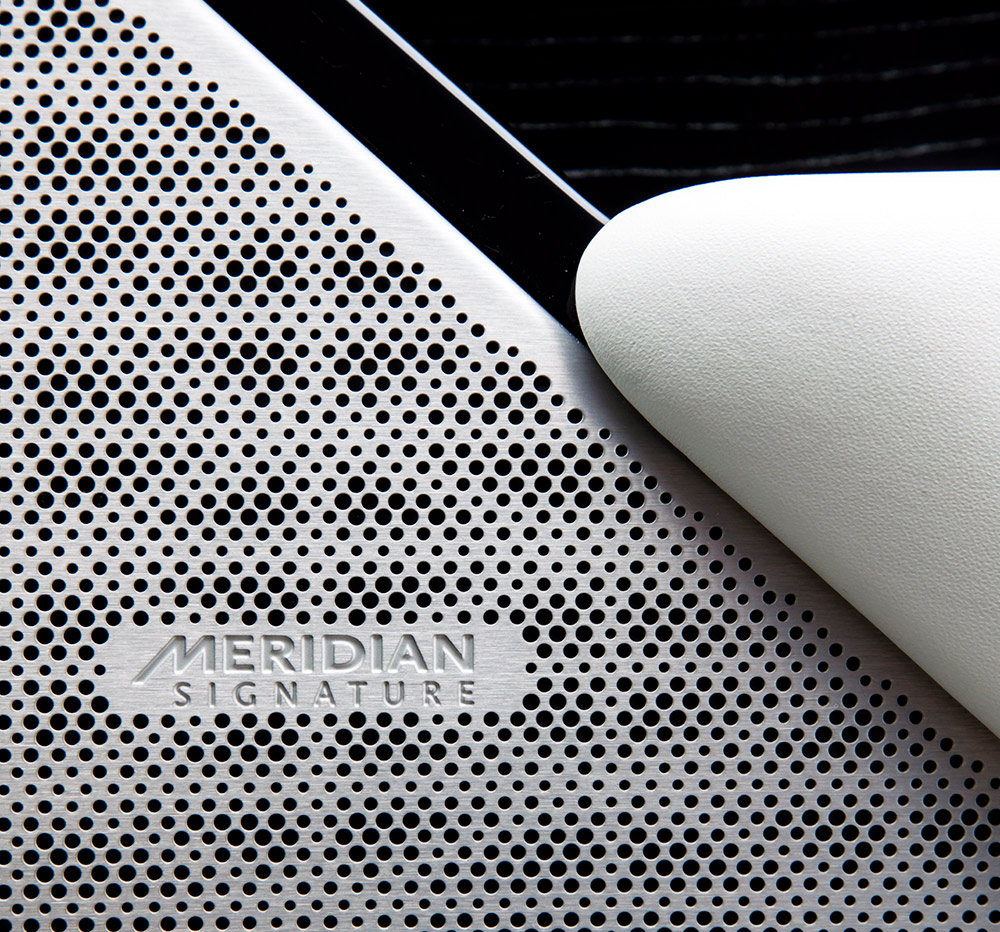
Meridian DSP loudspeakers offer refined interior sound
Range Rover recently installed a few new engines into its design flagship, the Velar. One of our familiar laments is that cars are getting larger, and the Velar doesn’t scrimp on size. Yet driving around what passes for rush hour in northern Norway, in between being distracted by helicopter trips to Michelin-starred island restaurants, on the Velar’s launch is a very different prospect to two weeks of urban ownership in the traffic-choked UK. Our recent experience was mostly on road rather than off, although the Velar casually ploughed a meaty furrow as it surmounted a steep, muddy grass verge, conditions that would have stranded most other vehicles. It also meant learning to love (and judge) the sheer physical size of this machine along narrow urban roads.
Although our recent drive was undertaken before the new engines arrived, the model Wallpaper* borrowed, the R-Dynamic HSE D300, still sits at the top of the line. It delivered plenty of power, with huge wheels that made the most of the car’s seamless bodywork (with its pop-out door handles and millimetre-perfect panel gaps) and a lavishly trimmed interior, replete with two touch screens and an agreeably logical interface. A word of warning – you have to be very careful how you kit out this car. Just a few streets away there’s a humble base model with the default option of 18” 15-spoke wheels. Set against the smooth cliffs of the Velar’s flanks, the standard wheels (which are still not exactly small) look lost in the wheel arches, and the car’s carefully conceived system of proportion collapses. With 21” or 22” wheels the car is transformed into a sleekly desirable object.

Inside and out, the Velar has the aesthetic sensibility of a high-end smartphone
These aren’t the only wrinkles in the Velar’s blemish-free image. Recent market wobbles induced by a combination of Brexit and diesel’s sudden catastrophic reputation have led to the first perceptible dip in JLR production for years – the company is certainly not alone in this respect. But with rival Porsche just announcing they would be abandoning diesel power altogether, the winds of change are rapidly approaching hurricane force. JLR has invested heavily in hybrid tech and pure electric drive, and a hybrid Velar is surely in the works. Range Rover might have been first in bringing the smart lines of consumer tech to the car market, but even bigger technological challenges lie ahead.

The Velar copes particularly well both on- and off-road

The interior is lavishly trimmed, featuring two touch screens and an agreeably logical interface
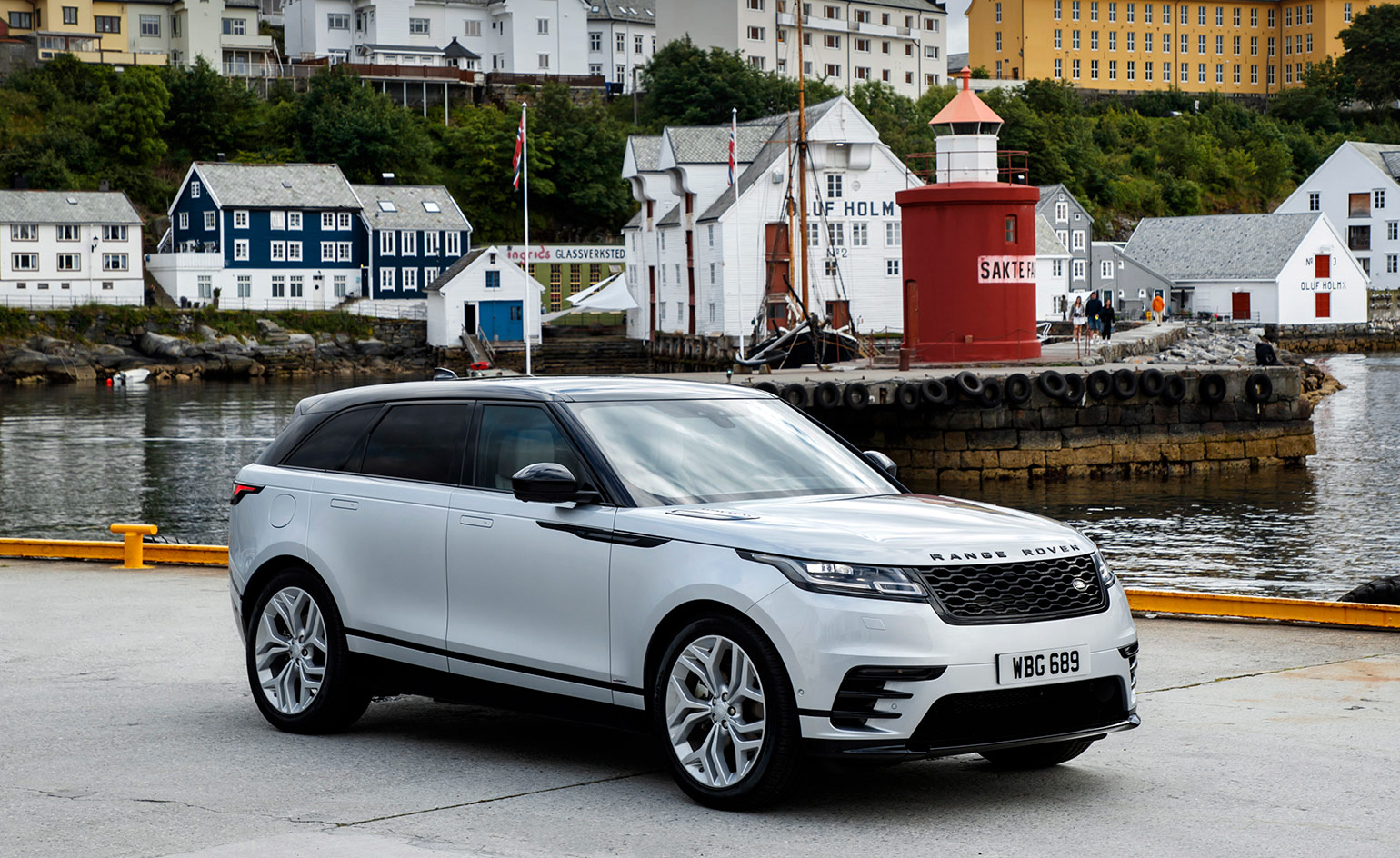
Unveiled fully formed, the Velar is a truly premium SUV in the middle of Range Rover’s financial hierarchy
INFORMATION
Range Rover Velar R-Dynamic HSE D300, from £70,530. For more information, visit the Land Rover website
Receive our daily digest of inspiration, escapism and design stories from around the world direct to your inbox.
Jonathan Bell has written for Wallpaper* magazine since 1999, covering everything from architecture and transport design to books, tech and graphic design. He is now the magazine’s Transport and Technology Editor. Jonathan has written and edited 15 books, including Concept Car Design, 21st Century House, and The New Modern House. He is also the host of Wallpaper’s first podcast.
-
 A compact Scottish home is a 'sunny place,' nestled into its thriving orchard setting
A compact Scottish home is a 'sunny place,' nestled into its thriving orchard settingGrianan (Gaelic for 'sunny place') is a single-storey Scottish home by Cameron Webster Architects set in rural Stirlingshire
-
 7 colours that will define 2026, from rich gold to glacier blue
7 colours that will define 2026, from rich gold to glacier blueThese moody hues, versatile neutrals and vivid shades will shape the new year, according to trend forecasters
-
 In Norway, discover 1000 years of Queer expression in Islamic Art
In Norway, discover 1000 years of Queer expression in Islamic Art'Deviant Ornaments' at the National Museum of Norway examines the far-reaching history of Queer art
-
 Holland & Holland's Range Rover is outstanding in its field: shoot the breeze in style
Holland & Holland's Range Rover is outstanding in its field: shoot the breeze in styleCan you spare half a million pounds for a glorified four-wheeled gun cabinet? If so, the Range Rover Holland & Holland Edition by Overfinch might be the perfect fit
-
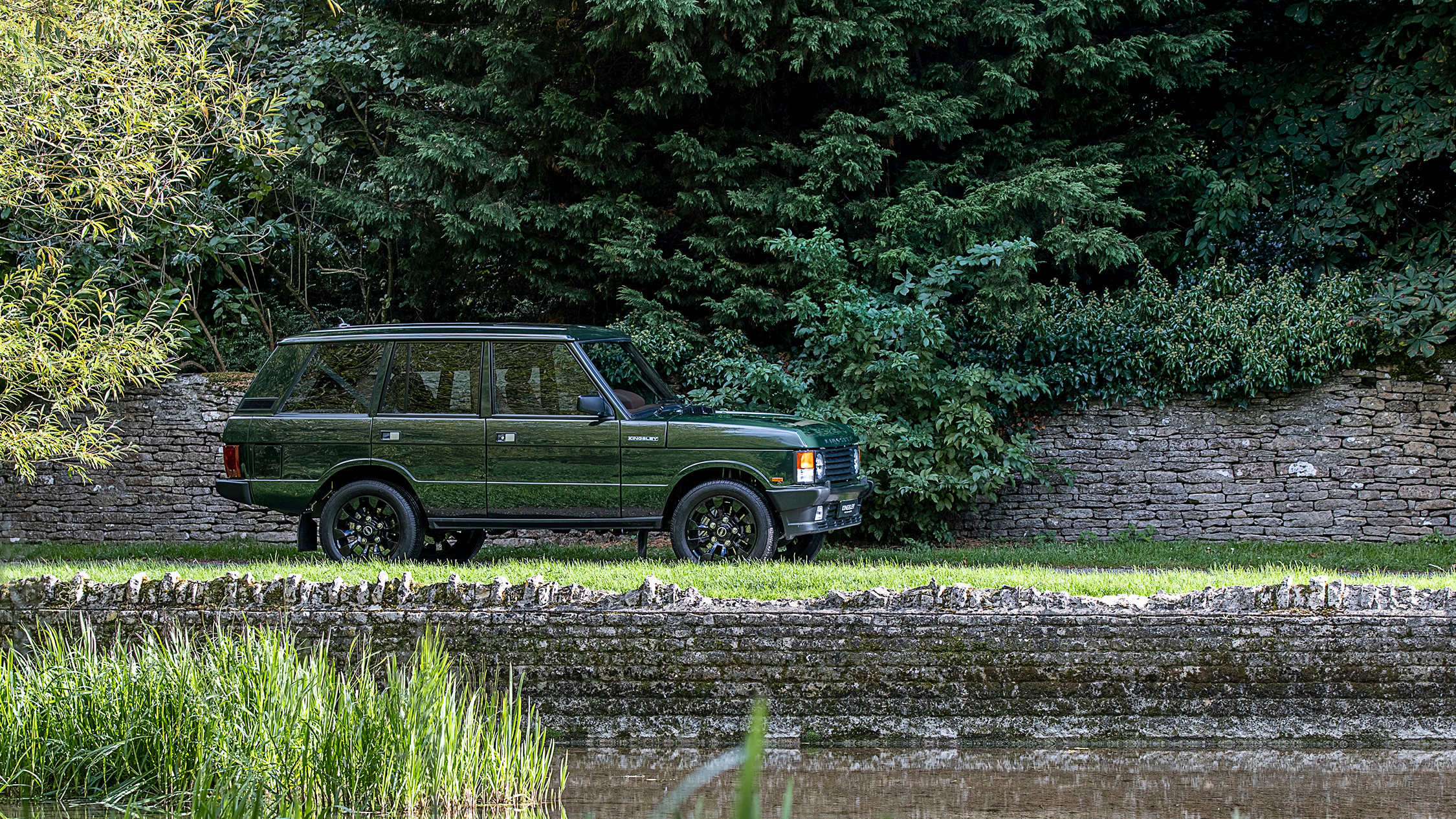 Kingsley Re-Engineered brings the Range Rover Classic into the modern era with the new KSR
Kingsley Re-Engineered brings the Range Rover Classic into the modern era with the new KSRA sophisticated retromod transforms the iconic original Range Rover into a thoroughly stylish and modern luxury SUV
-
 Peugeot’s sparky 308 gets hybrid power and handsome lines
Peugeot’s sparky 308 gets hybrid power and handsome linesThe Peugeot 308 proves that mass-market design needn’t be dull, blending hybrid power with sharp lines and excellent detailing
-
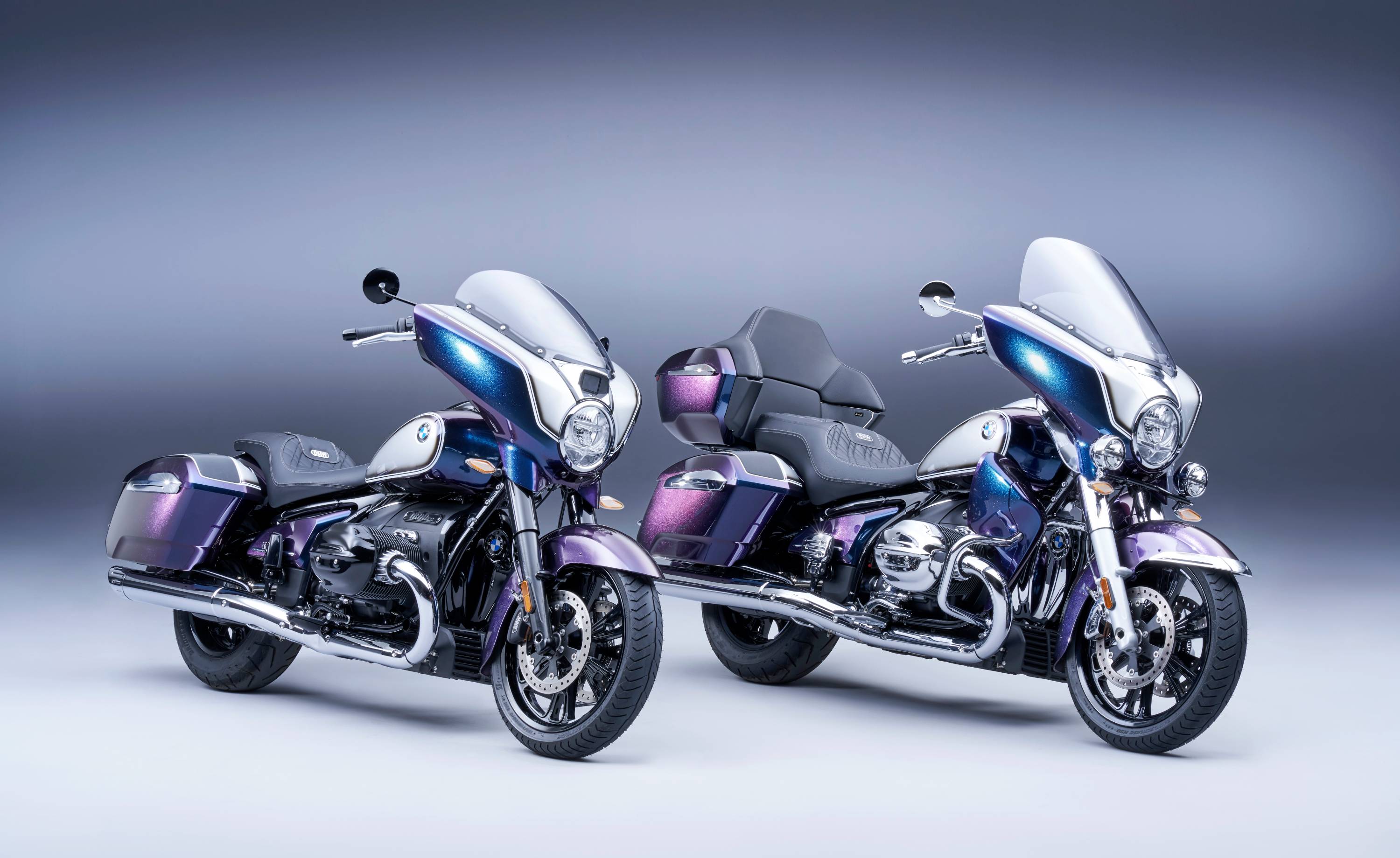 BMW Motorrad brings out the big guns for its newest cruisers
BMW Motorrad brings out the big guns for its newest cruisersBMW Motorrad R 18 Bagger and Transcontinental set the tone for high-voltage cruising with a brand collaboration with speaker specialist Marshall
-
 Dacia’s new Manifesto concept is a true outdoor utility vehicle
Dacia’s new Manifesto concept is a true outdoor utility vehicleUtilitarian auto brand Dacia sets a bold new agenda with its Manifesto, a concept car pitched at the active outdoor market
-
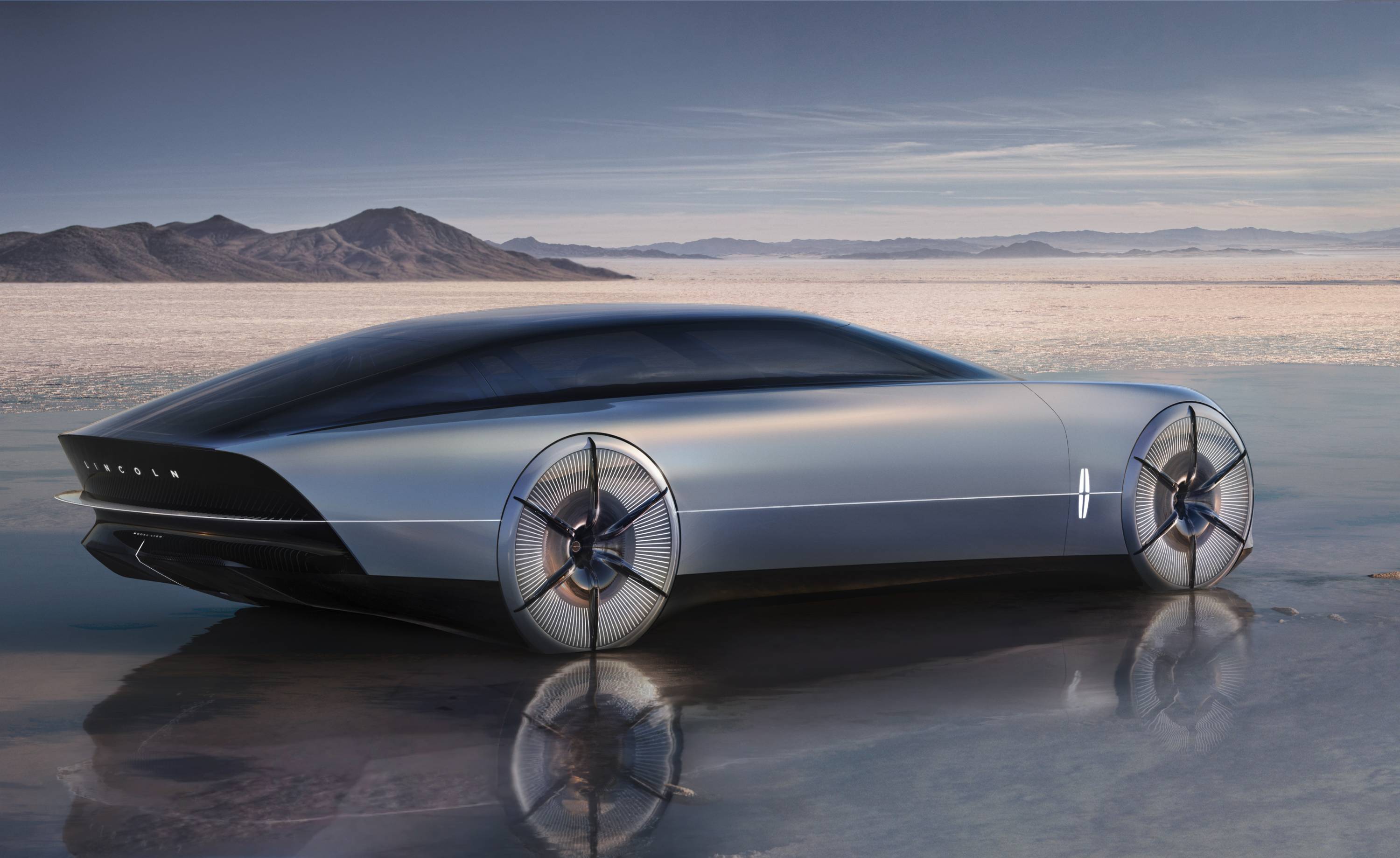 The sun sets on traditional supercars at California’s Monterey Car Week
The sun sets on traditional supercars at California’s Monterey Car WeekMonterey Car Week, the world’s most prestigious car gathering, is showcasing ever-more extravagant special editions, coachbuilt cars and all-new electric concepts. Here are seven key machines from 2022
-
 Is McLaren’s GT a sports car, a tourer, or the best of both?
Is McLaren’s GT a sports car, a tourer, or the best of both?The McLaren GT is a capable all-rounder dressed up in svelte supercar clothes. It might also be the last of its type
-
 Rolls-Royce puts the Phantom back on its lofty pedestal
Rolls-Royce puts the Phantom back on its lofty pedestalA mid-life refresh ensures the flagship Rolls-Royce Phantom Series II is at the top of its game, a last hurrah for traditional engines before an electrified future